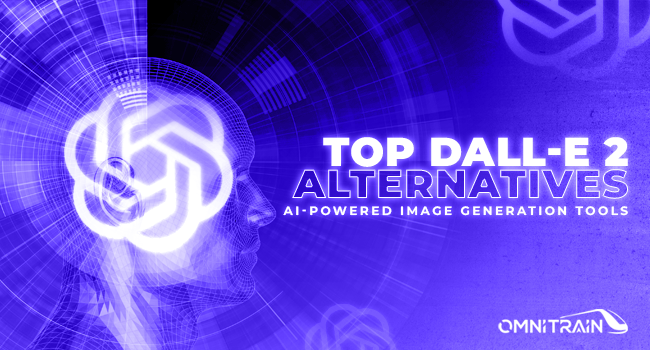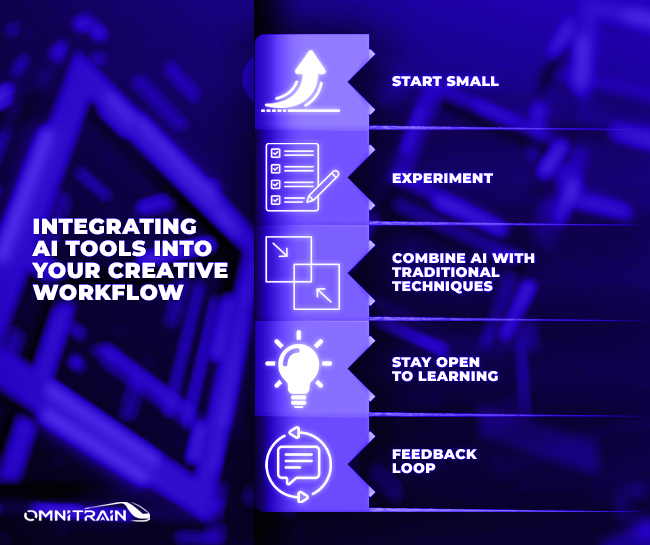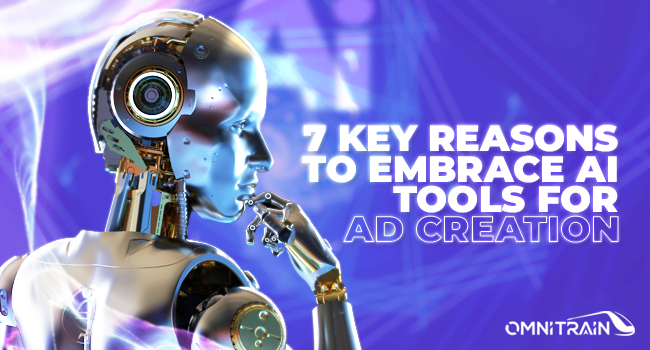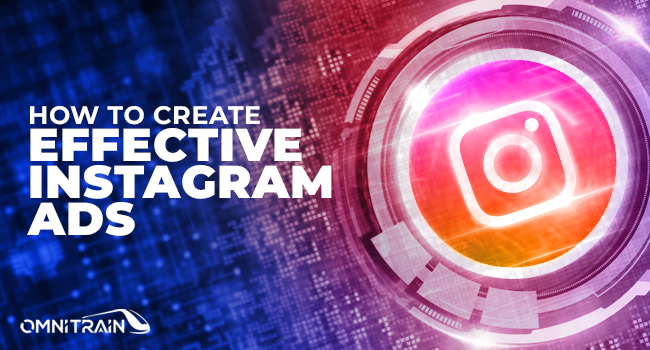DALL-E 2 has revolutionized the way we think about AI and image generation. This powerful tool has opened up new possibilities for digital artists, graphic designers, and content creators. But what if you’re looking for something different? In this guide, we’ll explore the top alternatives to DALL-E 2, diving into their unique features and how they can fit into your creative toolkit.
Why Look for DALL-E 2 Alternatives?
While DALL-E 2 is impressive, it’s not the only player in the game. Different projects have different needs, and sometimes, an alternative might offer something more suited to your specific creative vision or technical requirements.
Top Alternatives to DALL-E 2
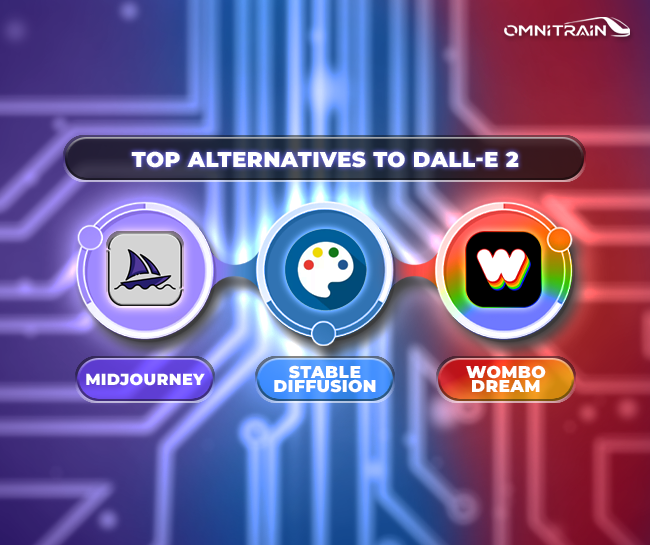
Exploring alternatives to DALL-E 2 opens up a diverse world of AI image generation. Each tool offers unique features and creative possibilities. Let’s dive into an overview of each alternative, highlighting their distinct characteristics.
Midjourney
Midjourney stands out as a creative powerhouse, ideal for those seeking to explore the artistic and surreal aspects of AI-generated imagery. It’s a platform where artistry meets AI, offering a wide array of styles and a community-driven environment for experimentation.
Pros:
- Exceptional Creativity
- Style Versatility
- Community-Driven Exploration
Cons:
- Steep Learning Curve
- Limited Free Access
- Output Consistency
Stable Diffusion
Stable Diffusion is a haven for tech-savvy creators who love to tinker. As an open-source tool, it invites constant development and customization, making it a flexible choice for detailed and high-quality image generation.
Pros:
- Open-Source Accessibility
- High Quality and Speed
- Fine-Tuning Control
Cons:
- Technical Requirements
- Limited User Interface
- Potential Copyright Concerns
Wombo Dream
Wombo Dream is the go-to for beginners and those looking for a fun, hassle-free AI art experience. It’s known for its quirky and amusing outputs, making AI art accessible and enjoyable for everyone.
Pros:
- Free and Easy-to-Use
- Fun and Quirky Results
- Constant Updates
Cons:
- Lower Image Quality
- Limited Control and Customization
- Heavy Reliance on Presets
How to Choose the Right AI Image Generation Tool
Choosing the right AI image generation tool is vital for matching your creative vision and project requirements. Here’s a breakdown of key factors to consider:
Understanding Your Creative Needs
- Artistic Style: Identify if you need photorealistic, abstract, or specific themed images.
- Project Type: Consider the tool’s suitability for commercial, personal, or artistic projects.
- Technical Skill Level: Select a tool that matches your technical comfort level.
Evaluating Tool Features
- Quality of Output: Ensure the tool produces high-quality images that meet your standards.
- Customization Options: Look for flexibility in adjusting and fine-tuning outputs.
- Speed and Efficiency: Consider the tool’s processing speed, especially for time-sensitive projects.
Assessing User Interface and Accessibility
- Ease of Use: A user-friendly interface is crucial for a smooth creative process.
- Accessibility: Check if the tool fits your hardware capabilities and technical skills.
Considering Cost and Licensing
- Budget: Determine your budget, as some tools are free while others require payment.
- Licensing: Understand the licensing terms for commercial use to avoid legal issues.
Integrating AI Tools into Your Creative Workflow
Incorporating AI tools into your creative process can significantly enhance your artistic output. Here are some tips and best practices for seamlessly integrating these tools:
- Start Small: Begin with simple projects to understand the tool’s capabilities and limitations.
- Experiment: Don’t be afraid to try different settings and styles to see what works best for your vision.
- Combine AI with Traditional Techniques: Use AI as a complement to your existing skills and methods, not a replacement.
- Stay Open to Learning: AI tools are constantly evolving, so keep learning and adapting to new features and updates.
- Feedback Loop: Use the results to refine your approach and improve future outputs.
Remember, finding the right AI tool depends on your specific use case. For those in advertising, seeking an AI solution tailored to ad creation, Omnitrain offers a perfect blend of efficiency and creativity, making it an excellent choice for generating compelling ad content.
By thoughtfully integrating AI tools into your workflow and choosing the right one for your needs, you can unlock new levels of creativity and efficiency in your projects.


